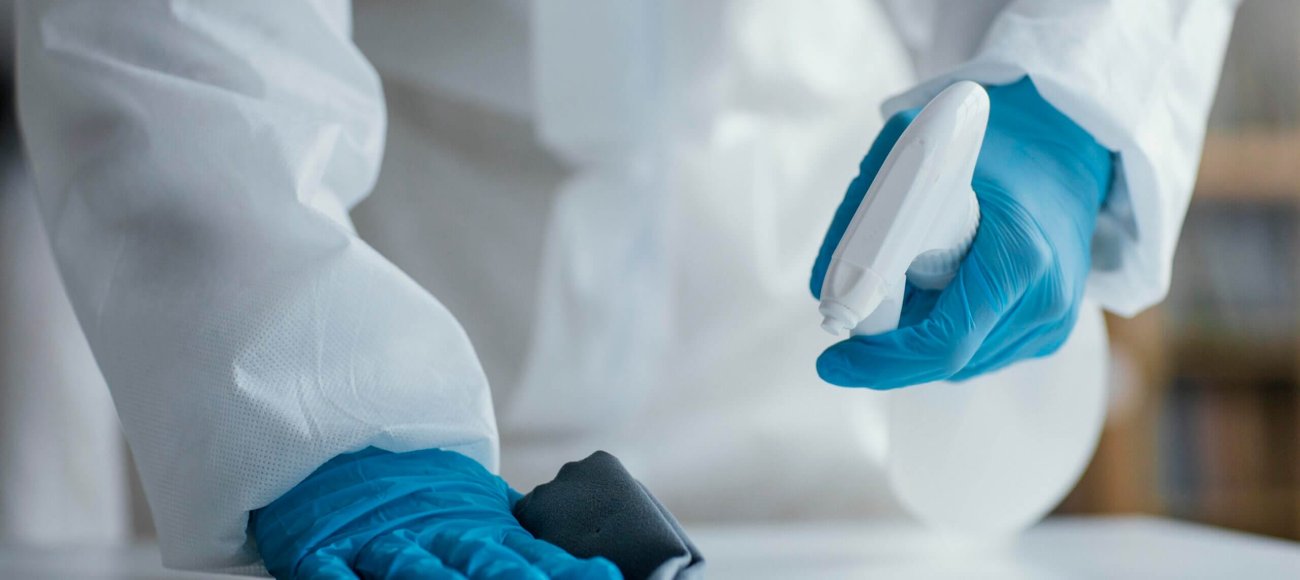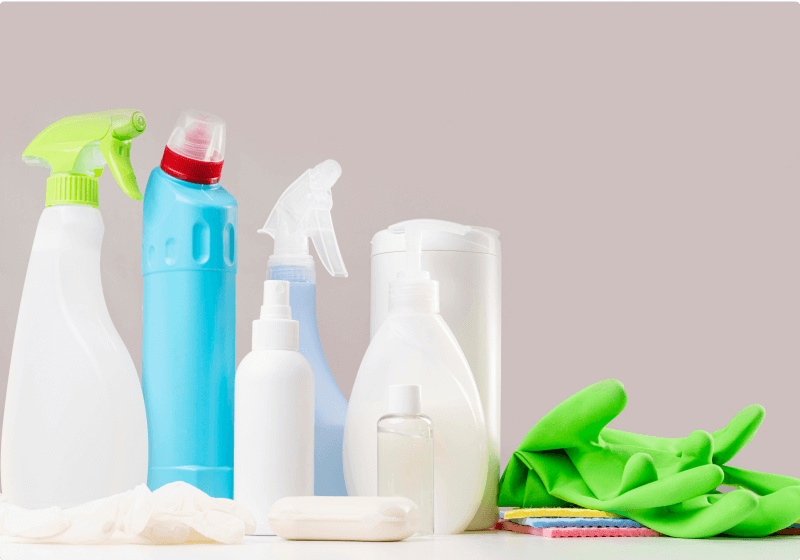In today’s times, where viruses can present significant risks to health and safety, the importance of reliable disinfectants cannot be overstated. However, it is important to understand that not all disinfectant products are created equally and their level of protection may vary based on their chemical composition and presence of antiviral agents.
To ensure their effectiveness against viruses, these products must undergo thorough testing and validation procedures. EN14476 is one of widely accepted standards which focuses specifically on assessing the virucidal activity of disinfectants.
In this article, we will discuss the importance of EN14476 validation for virucidal products.
EN14476 Standard
EN14476 is a European standard that outlines a quantitative suspension test method used to evaluate the virucidal activity of disinfectants and antiseptics. This standard provides a consistent and standardized approach for determining the effectiveness of disinfectants in deactivating viruses. It includes a broad spectrum of viruses, including both enveloped and non-enveloped strains.
Why is EN14476 validation important?
Maintaining effective disinfection helps to prevent the transmission of viral infections. The validation process outlined in EN14476 ensures that disinfectants have the ability to inactivate viruses efficiently.
With the help of standardized testing protocol, manufacturers can precisely assess the virucidal efficacy of their products. This, in turn, offers consumers confidence in the efficacy of the disinfectants they utilize across diverse environments, including healthcare facilities, homes, and public areas.
Testing Method
The testing process outlined in EN14476 involves the exposure of the test virus to the disinfectant within predetermined parameters. The decrease in viral infectivity is then quantified and compared against a control group.
To attain precision and accuracy, the test is conducted with extra attention to suitable controls and validation criteria. This ensures the accuracy and reliability of the results.
Viral strains for EN 14476
EN14476 validation involves a wide range of viruses, including both enveloped and non-enveloped viruses. Commonly used enveloped viruses for EN14476 validation include vaccinia virus and non-enveloped viruses include murine norovirus, adenovirus, and poliovirus. However, based on manufacturer’s recommendation, specific viruses like influenza virus, coronavirus etc. may be used for the test. By addressing both enveloped and non-enveloped viruses, the standard offers a comprehensive assessment of a disinfectant’s effectiveness against a broad range of viral strains.
Analysis of Test Results
EN14476 testing tells us about the effectiveness of a disinfectant against viruses. A high log reduction value indicates greater virucidal activity, indicating that the disinfectant is more effective in inactivating viruses. A disinfectant with potent antiviral activity must exhibit 4 log reduction (99.99%) in infectious viral count under the defined parameters.
What we do at MIS? And how can we help you?
At MIS, we recognize the importance of effective disinfectant products in providing safety from viral infections. As a leading global microbial testing laboratory specialized in validating disinfectants and antimicrobial products, we provide thorough testing services which are aligned with international standards such as EN, ISO, EPA, AOAC etc.
Our cutting-edge facilities and team of experienced microbiologists and scientists guarantee precise and accurate results, helping manufacturers to deliver safe and efficient products to consumers worldwide.
For more information on EN 14476 testing, contact our experts today.














